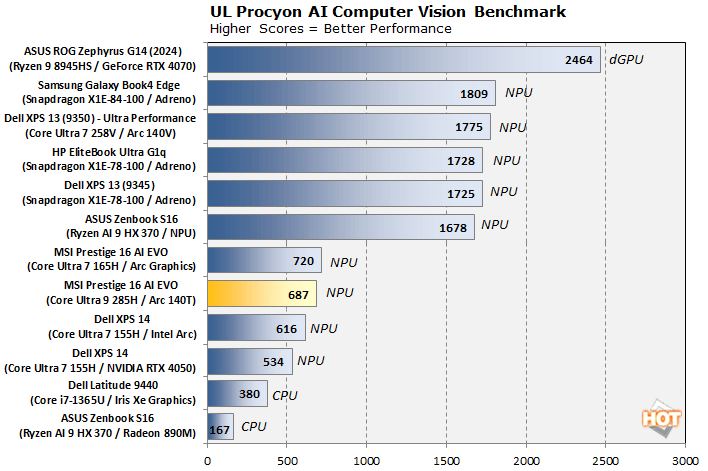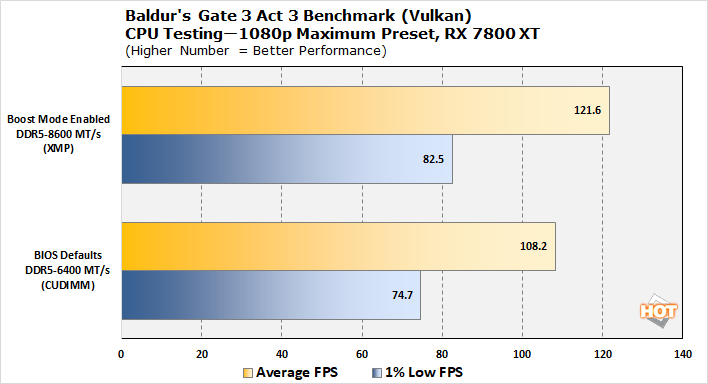Intel Arrow Lake Refresh Tipped For Boosted Clocks Any Day Now
We've heard a fair bit about this refresh already, but not much of interest until now. ZDNet Korea confirms earlier reports that Arrow Lake Refresh (ALR) will use the same LGA 1851 CPU socket as the extant Core Ultra desktop CPUs, and also says that the chips will "slightly improve the operating clock." The biggest change is that ALR will apparently ship with a significantly more potent NPU than the extant Arrow Lake processors, which are based on the same NPU3 design as Intel's Meteor Lake chips and offer underwhelming AI performance.

ZDNet mentions the specific design that Intel apparently intends to implement; it's NPU4, first (and only) seen in the Core Ultra 200V "Lunar Lake" processors. If Intel truly intends to ship a refreshed Arrow Lake with NPU4, it implies a few things. First of all, NPU4, if it reaches the same level of performance as in Lunar Lake, would qualify these processors for Microsoft's Copilot+ branding—the first desktop CPUs to do so. Secondly, it means that Intel would be shipping an entirely different SoC tile in ALR as compared to the original recipe.
This in and of itself is pretty interesting, because most of the drawbacks of the original Arrow Lake platform were related to that design's SoC tile. On release, Intel clocked the SoC tile very conservatively to save power, and this resulted in relatively low memory performance, even with fast DDR5 RAM. Intel issued a firmware update back before Computex that added "200S Boost Mode," a BIOS option that overclocks the Next Generation Uncore (NGU) and Die-to-Die Interface (D2D) by 800 MHz and 600 MHz respectively.

This "Boost Mode" helps out Arrow Lake's gaming performance considerably; if Intel is having to design a new SoC tile anyway, it would make sense if these changes were simply 'baked into' the new design, meaning that we could actually see considerably improved performance in comparison to the launch state of the Core Ultra 200S processors. Indeed, Intel has issued numerous other firmware updates for Arrow Lake that improve performance in various ways, and there have been updates to Windows to address the issues, too. ZDNet Korea mentions the 200S Boost Mode, but stops short of connecting it to the new chips.
Interestingly, the report (hat tip to @harukaze5719) states that figures from Korea's ConnectWave put AMD as holding some 62% of the DIY market in Korea, with Intel's share in that area falling to just 38%. As much of the DIY PC market is comprised of gamers, and the Vmin Shift Instability problem affecting Raptor Lake made big headlines in Korea due to complaints from professional Tekken 8 players, we suspect that Arrow Lake's middling gaming performance wasn't the only issue. It will be interesting to see how much Arrow Lake Refresh does to reverse those fortunes when it launches, supposedly sometime in the second half of this year—which could be relatively soon.


